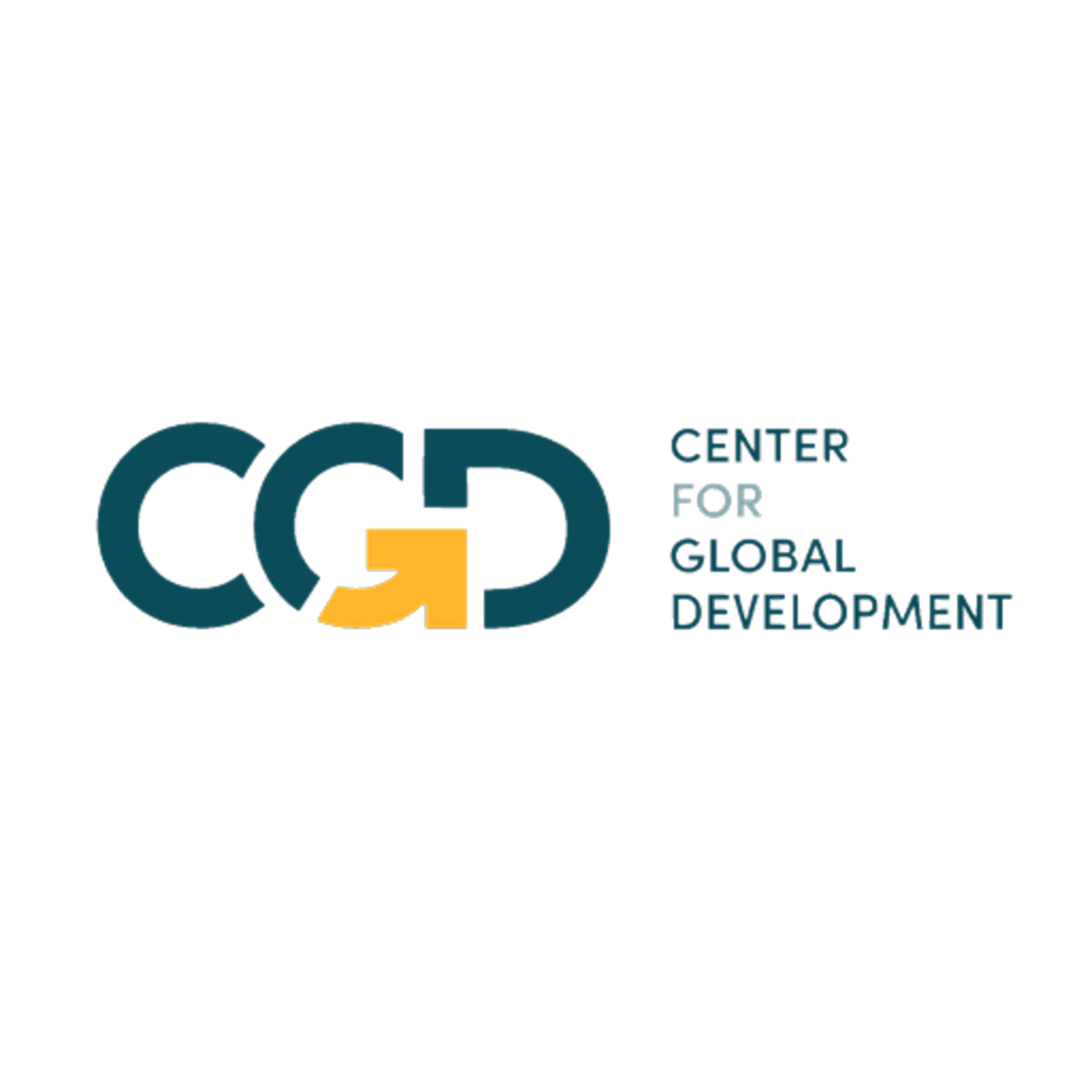If the World Bank Wants to Move On from the Doing Business Scandal, It Should Take a Look at AidData
Published: September 29, 2021

Today’s release of a new dataset of over 13,000 Chinese-financed projects in developing countries marks a major contribution to our understanding of China’s role as a lender to the developing world, as well as the ways in which these projects are increasingly structured to avoid accounting for direct liabilities on public balance sheets. At a moment of high debt vulnerability in the developing world, both contributions ought to prove valuable to policymakers in rich and poor countries alike as they seek to work through these problems.
One key finding of the new dataset is in the degree to which the World Bank’s debt database, which relies on voluntary reporting by debtor governments, appears to greatly undercount Chinese loans. The new dataset suggests that a whopping $385 billion in “hidden” debt is not reported to the World Bank, representing nearly 6 percent of developing country GDP.
But for all the weight of this and other findings in the dataset, it is just as notable to consider its source. The research project was conducted by AidData, an independent research lab at a public university (William & Mary). For AidData, the construction of the dataset was a major undertaking, with more than 130 faculty, staff, and research assistants engaged over four years at a cost of more than $1 million.
Why does this matter? First, we wouldn’t need this university-based research exercise if borrower and creditor governments alike did a much better job of reporting lending data. This has been a long-standing problem that grows more complex each year as the diversity of creditors and array of lending structures to developing countries expands, all of which can serve to further obscure the true fiscal and economic health of the country. Unfortunately, we remain seemingly far from any comprehensive commitments to transparency by lenders and borrowers.
Which brings us to the World Bank. The bank, along with the IMF, has been raising alarms in recent years, not about Chinese lending per se, but more generally about rising debt risks, the growing complexity of lending arrangements, and the degree to which government liabilities are hidden from view. Yet, with a $100 million research budget, the World Bank’s research program somehow has not viewed these data gaps as a pressing enough problem to merit an exercise comparable to what AidData has conducted.
Instead, the bank is currently mired in a research scandal, with its flagship Doing Business report now discontinued over allegations of data manipulation at the behest of senior bank officials. Separate from the scandal itself, an independent group of experts recently pointed to major shortcomings in the Doing Business project, among other things the degree to which it has been prone to subjective judgments—the very subjectivity that made it vulnerable to high-level meddling.
Yet Doing Business was held up with pride for many years by the bank as its most popular research product. The demise of the report suggests that the World Bank’s approach to research needs some rethinking. Not just in the narrow sense of ensuring research integrity in the face of political influence. That is obvious. More fundamentally, the bank needs to consider its research priorities, both as a function of where bank research is most needed to inform policy and where the institution brings particular advantages to the conduct of research.
A World Bank-backed effort on debt data, one that doesn’t rest on a passive approach based on voluntary reporting, ought to be high on the list. AidData’s work is clearly filling a data gap at a moment of pressing policy need.
Yet, sustaining and expanding this sort of data gathering over time speaks to the World Bank’s value in the form of deep pockets and continuity. University research depends on a constant scramble for funding, relying on foundations and governments for relatively small grants. Funding sources can raise questions of objectivity, even in cases like AidData, where the research methods are fully transparent and the data is publicly available for independent scrutiny. Nonetheless, where the data tell an unflattering story, there is always a temptation to blame the messenger.
World Bank hosted and funded research guards against these vulnerabilities. A stable research budget at the bank can ensure that the project is funded adequately and consistently over time. And the bank’s budgetary resources are not vulnerable to charges of bias, separate from the sort of political influence that came to light in Doing Business. But this sort of data construction can avoid the vulnerabilities that marred Doing Business. The aim is not to rank countries, identifying winners and losers through a variety of subjective judgments. Rather, the goal is to deliver a database, relying on public sources, very little subjectivity, and open to public scrutiny upon release. Countries may wish to manipulate the picture, but they would be hard pressed to do so.
World Bank insiders worry that the end of Doing Business could spell the end of highly visible bank research. That takes the wrong lessons from this episode. The institution needs to target policy relevance and its unique advantages in delivering research. That won’t be measured in ad space in the financial press or splashy launch events at Davos in the Desert. It will be felt in progress made on difficult policy issues that depend critically on good data. In the area of debt statistics, that means moving beyond the passive position of receiving voluntary data reports from member countries and taking on more proactive data gathering measures.
